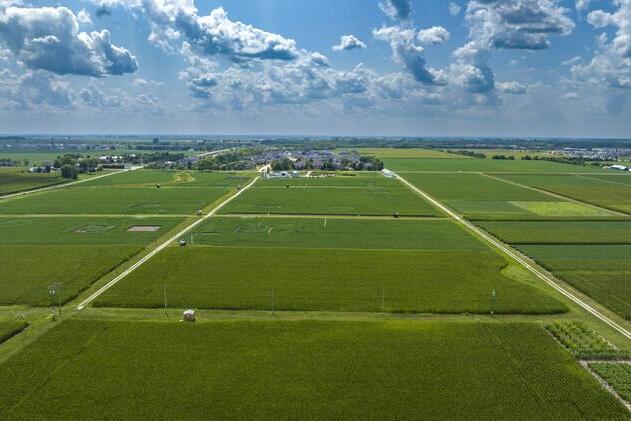Illinois researchers prove new method to measure ozone stress in soybeans

As the world focuses on not only solving the climate crisis but also sustaining the world’s food supply, researchers need tools to evaluate how atmospheric pollutants affect crops. Over the past decade, the agriculture community has turned to solar-induced chlorophyll fluorescence (SIF) measurements to detect stresses on plants.
Plants absorb light from the sun to power photosynthesis, and the unused energy is emitted as heat and a tiny glow invisible to human eyes, termed fluorescence. Ever since the first global SIF map was generated in 2011, SIF has been used by researchers to investigate photosynthesis dynamics. For instance, it has been used to determine how high levels of carbon dioxide (CO2) or elevated temperature affect a plant’s properties.
Now a team from the University of Illinois Urbana-Champaign and the USDA Agricultural Research Service (ARS) has used SIF to measure the effects of elevated ozone (O3) on soybean plants. The team published its findings in the Journal of Experimental Botany.
Read more from the Institute for Sustainability, Energy, and Environment (iSEE).